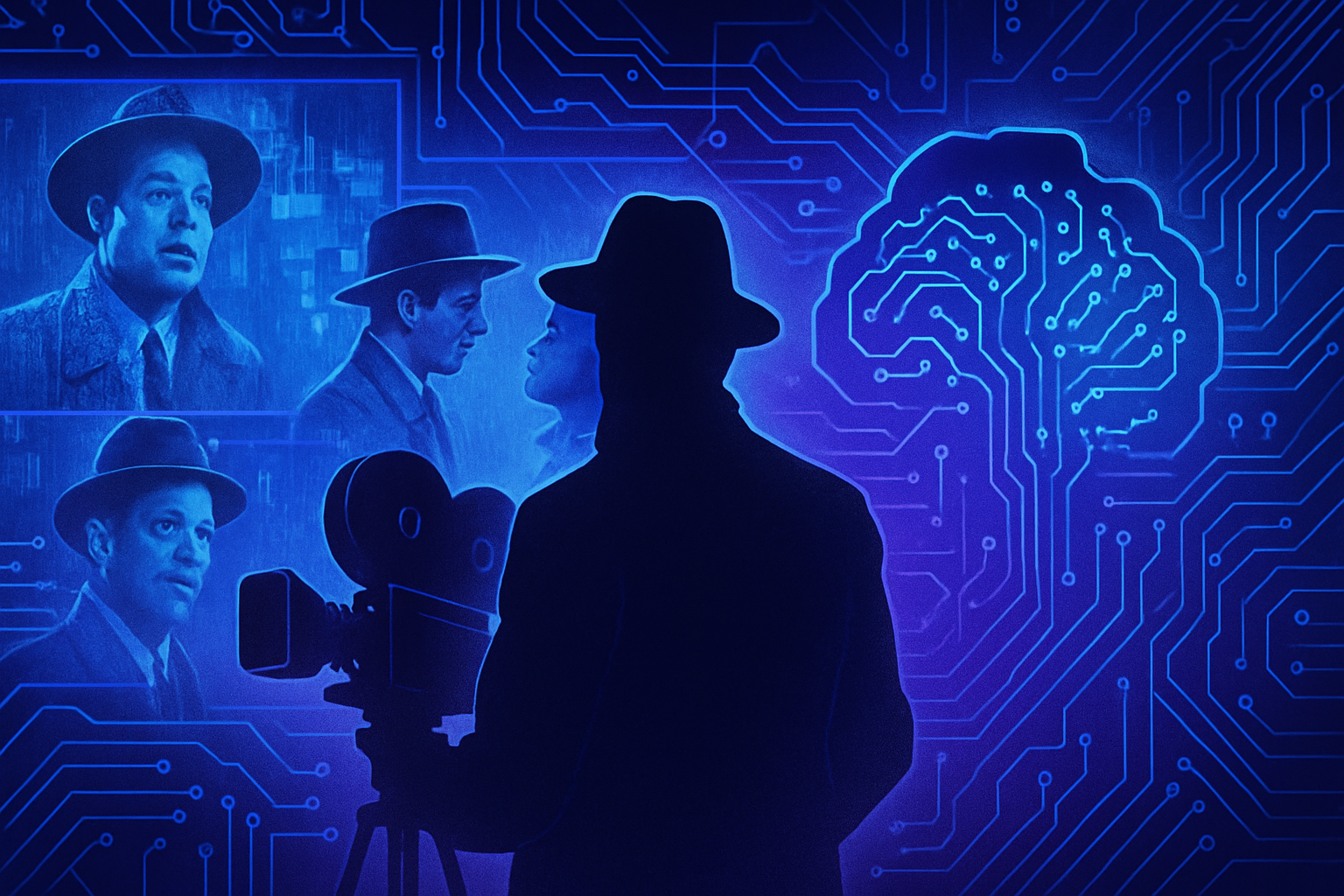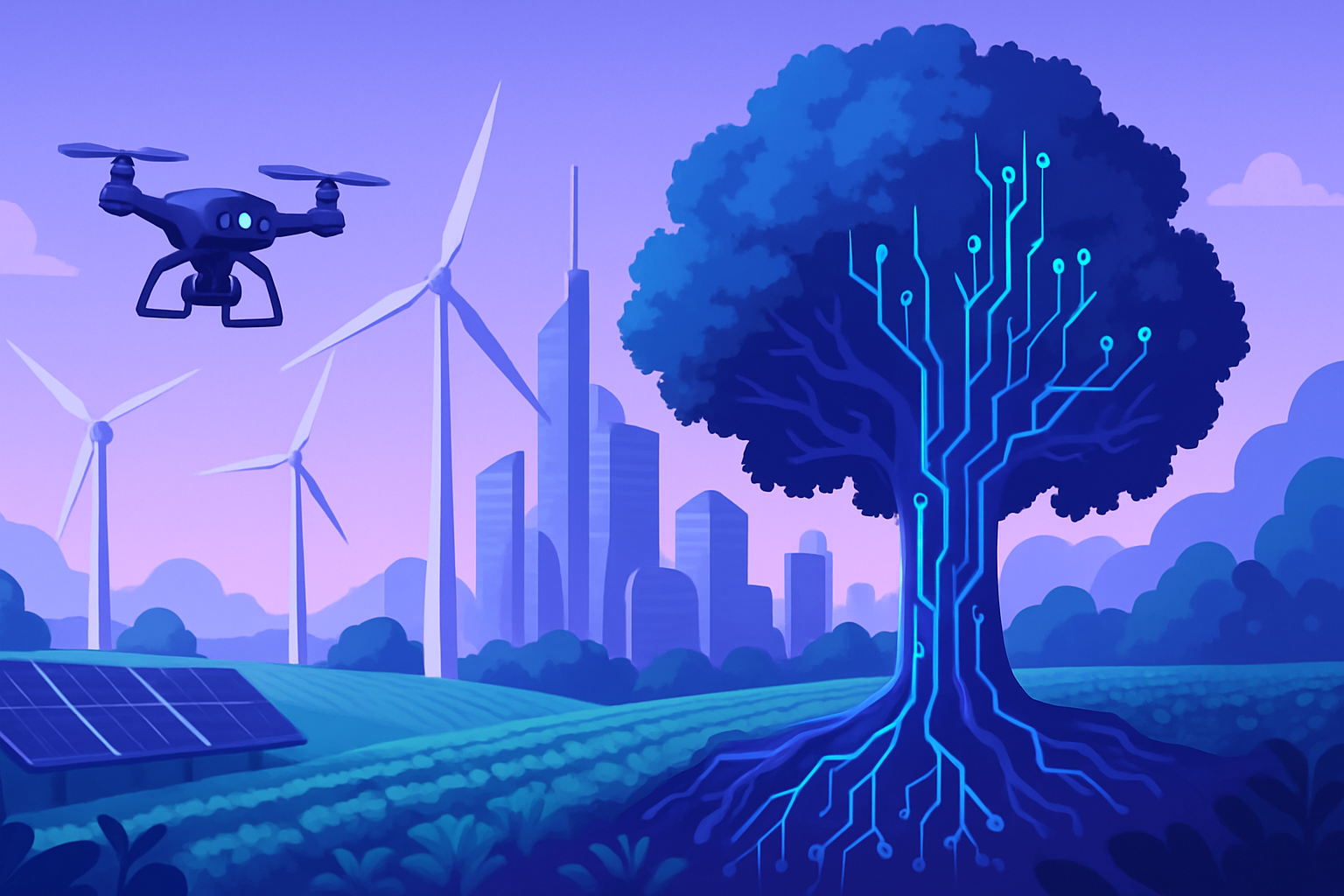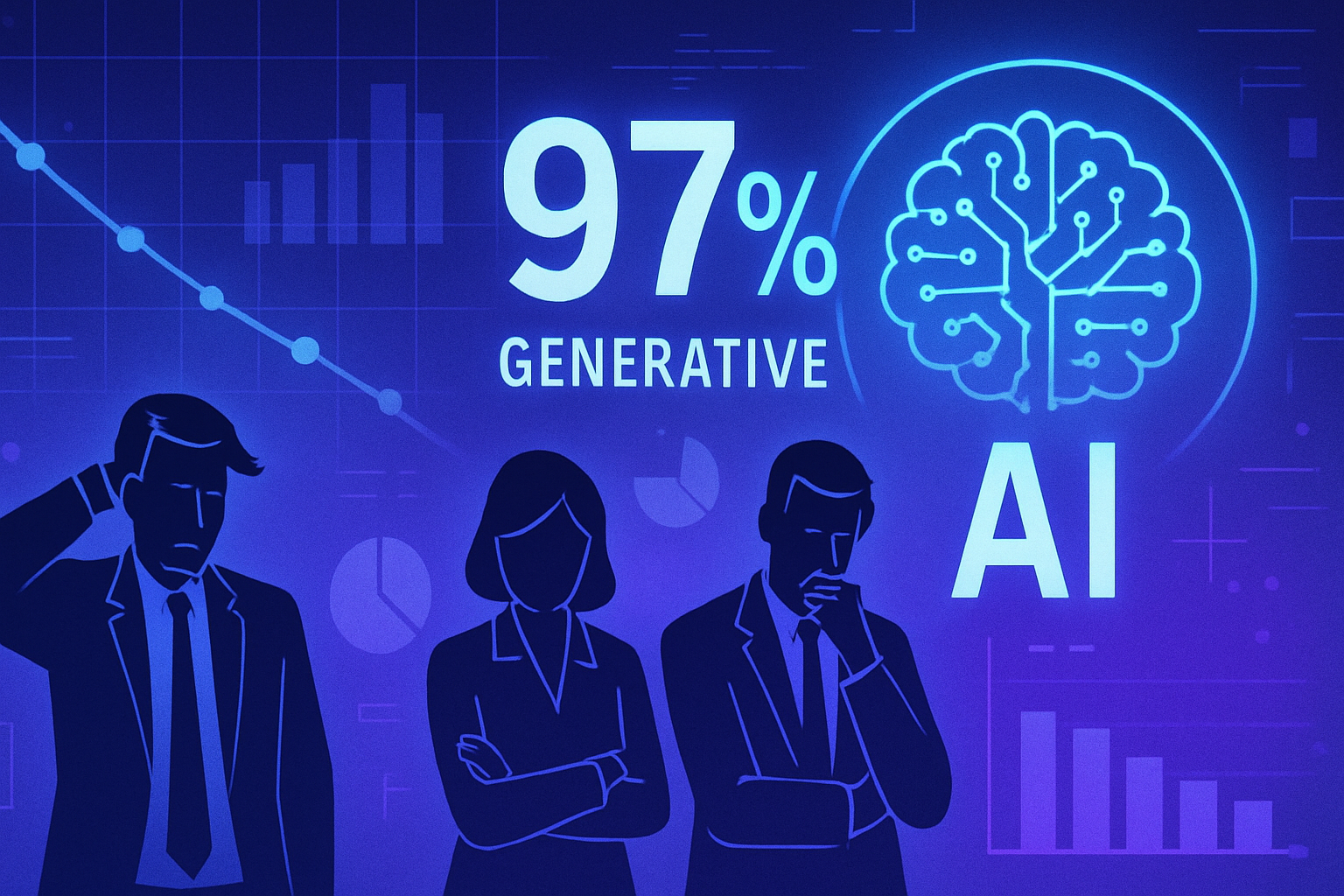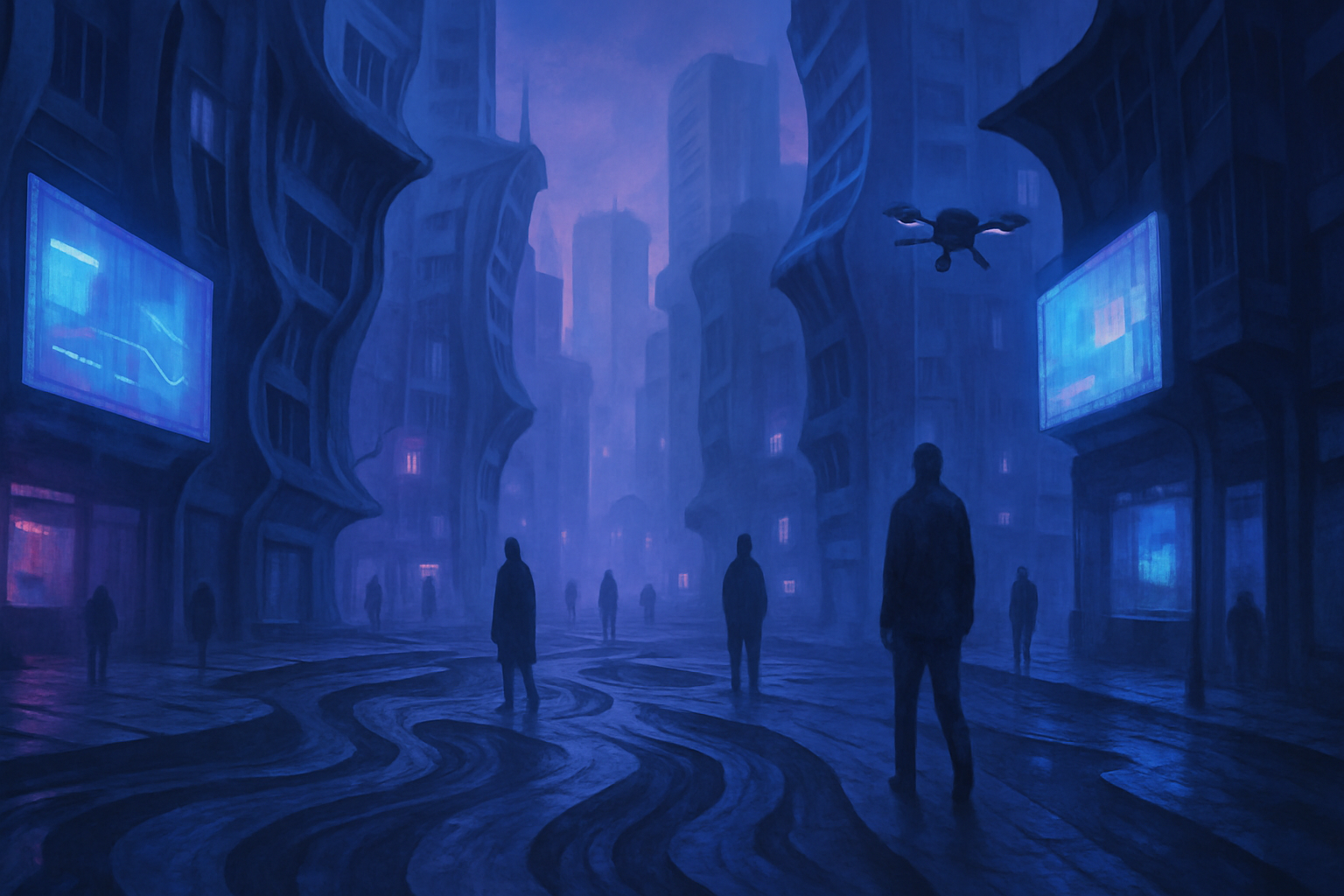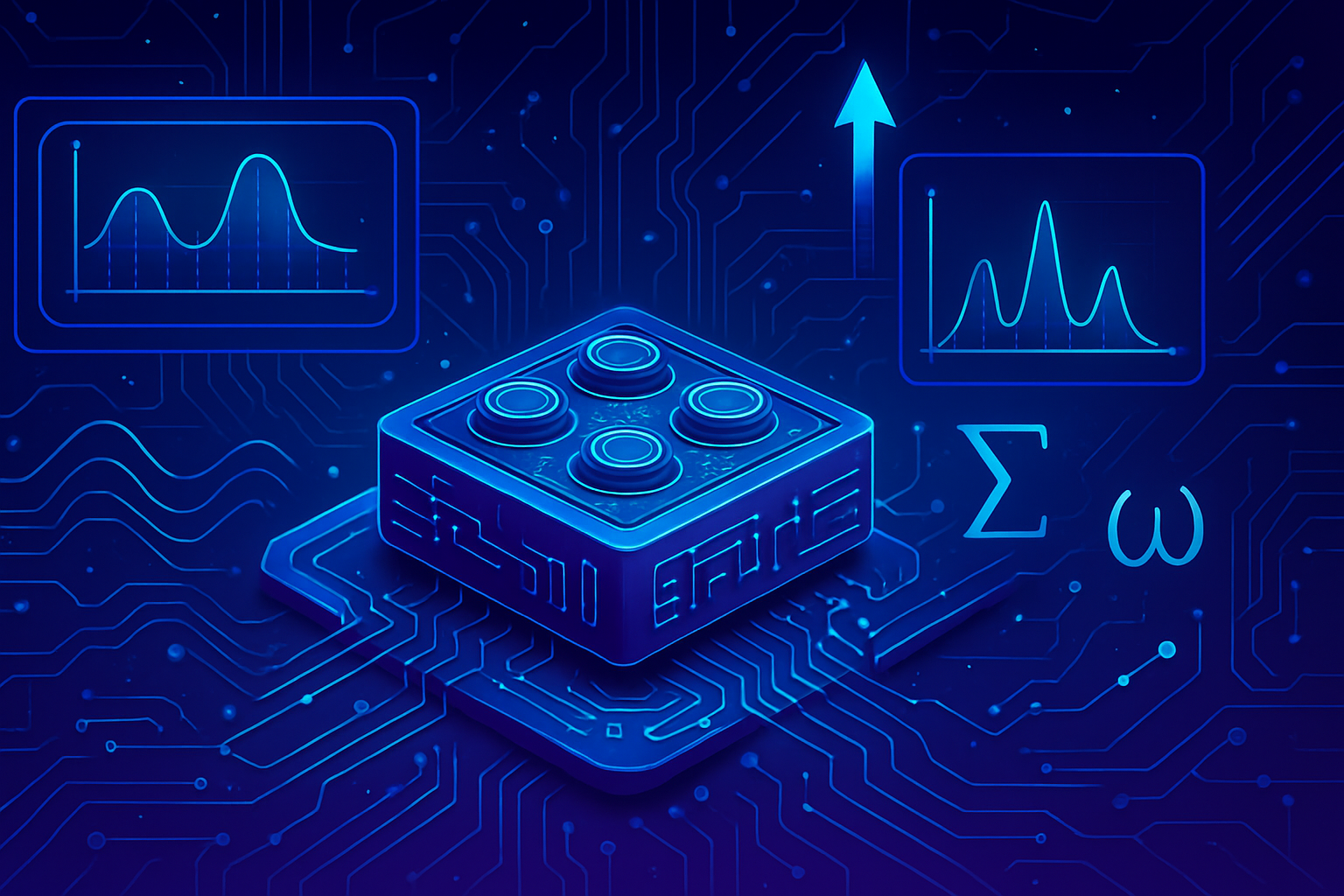Adam Dorr, a recognized futurist, warns of an inevitable revolution. Robots and artificial intelligence threaten our jobs. The technological transformation on the horizon is set to overshadow traditional occupations and disrupt the established order. There is little time left to adapt – innovation will advance rapidly. An era of super-abundance could follow, but inequalities will deepen if change is not managed carefully. The implications of this evolution go beyond the economic sphere, impacting social life and value structures as well.
Adam Dorr’s Predictions
Adam Dorr, a renowned technology expert and futurist, announces a radical transformation in the labor market. According to him, within twenty years, robots and artificial intelligence (AI) will replace a substantial part of human work. Dorr firmly believes that this technological revolution will disrupt our jobs and could render humanity almost obsolete in a professional context.
An Imminent Evolution
Dorr leads a research team at RethinkX, a nonprofit organization that examines technological disruption dynamics. In support of their analysis, the researchers rely on landmark models of past innovations. Technological evolutions, he emphasizes, often penetrate the market fifteen to twenty years after their initial introduction. Examples include the transition from horses to automobiles and from light bulbs to gas lamps. This illustrates how humans risk becoming obsolete while machines take over.
A Revolution with Risks
Despite a certain pessimism, Dorr also sees possibilities for “ultra-abundance” through this revolution. He highlights that, if managed properly, this transition could bring unprecedented social benefits. However, a clumsy transformation could lead to extreme inequalities. The duality of this situation – potential for liberation against the threat of oligarchy – characterizes the current landscape.
Preparation and Adaptation
Immediate preparation is necessary to ready ourselves for this wave of automation. Dorr stresses the importance of reevaluating concepts such as value, price, and resource distribution. Institutions must evolve to become adequate in the face of these changes. He calls for experimenting with innovative ownership and participation structures. The inadequacy of jobs available for four billion people necessitates an urgent reinvention of the labor landscape.
The Role of AI in Various Sectors
AIs not only compete with humans but also surpass their capabilities across various sectors. Fields such as sports coaching, politics, and even ethics are already seeing machines enter the competition. Despite the temporary protection that some professions may have, the overall trend is toward a reduction in human needs, making these jobs increasingly rare.
Social Consequences
The social implications of this transformation are profound. Society must face fundamental changes in how it views work, utility, and human value. The mechanisms for resource distribution will need to be rethought to offset the effects of growing inequalities. If a reduction in working hours looms, challenges of a lack of meaningful activities could emerge.
Optimism and Reflection
Dorr’s optimism is rooted in the idea that, even though the challenges are great, solutions can emerge from this crisis. He argues that human creativity can find paths to fulfillment through community connections and personal relationships. This vision sees potential for enriching lives, despite the weight of the transitions to come.
Dorr’s vision, while tinged with concern, highlights the enlightening possibility of a future where humanity could hope for a better balance between technology and everyday life.
Questions and answers about the impact of robots on jobs according to Adam Dorr
What are the main impacts predicted by Adam Dorr regarding the rise of robots and AI on the labor market?
Adam Dorr estimates that robots and artificial intelligence will replace virtually all human jobs in the next 20 years, rendering human work obsolete in many sectors. This transition will be rapid and disruptive.
How does Adam Dorr view companies’ approach to increasing automation?
According to Dorr, companies will seek to adopt technologies that offer lower costs and better performance. This will encourage them to replace human workers with machines, as the cost-effectiveness ratio will favor automation.
Which professions does Adam Dorr consider to be the most affected by this technological transition?
Dorr mentions that many professions, even those requiring a human touch, such as sports coaches or politicians, will begin to face strong competition from machines, despite some niches reserved for humans.
Does Adam Dorr talk about the opportunities created by this technological revolution?
Yes, Dorr discusses the possibility of “super-abundance” that could liberate humanity if the transition is managed correctly, but he also warns of the dangers of inequality and oligarchy if it is poorly managed.
What advice does Adam Dorr propose to prepare for the impact of automation on employment?
Dorr suggests experimenting with new ownership structures and guiding principles to face the coming changes, while emphasizing the need to rethink concepts of value and distribution in society.
What role should governments play in this transition according to Adam Dorr?
Dorr believes that governments must act swiftly to establish regulations and policies suitable for managing the effects of automation on the labor market and ensuring that the benefits of this technological revolution are distributed fairly.
Are there still jobs that will resist automation in the coming years according to Adam Dorr?
There will be niches where human interaction remains essential, such as in some creative or social professions, but most jobs could be transformed or replaced by machines in the next two decades.
Does Adam Dorr propose solutions to cope with the upheavals caused by AI?
While he does not claim to have all the answers, Dorr calls for experimentation and exploration of new ways of living, working, and sharing resources in order to navigate these transitions as best as possible.


